Best Time to Visit Big Bend National Park: Weather & Events

Big Bend National Park, deep in the middle of nowhere on the border with Mexico, attracts tourists with its vast deserts, canyons, and mountains. On my 5 month road trip across the southwest, I made it to this national park in Texas during early December, which still had great weather for hikes and just a little chilly for camping.
Weather at Big Bend National Park can fluctuate between sweltering summers and relatively cold winters. Here’s an overview of the visitor seasons at Big Bend:
- Peak Season: November to March
- Shoulder Seasons: April to May and October to November
- Off-Peak Season: June to September
Below, I’ll delve into the details of the seasons, mention any events you should not miss, and provide a monthly weather breakdown. Whether you’re going to Big Bend for a day trip or more, white water rafting Santa Elena, or hiking in the Chisos Mountains, these are the best times to visit Big Bend National Park.
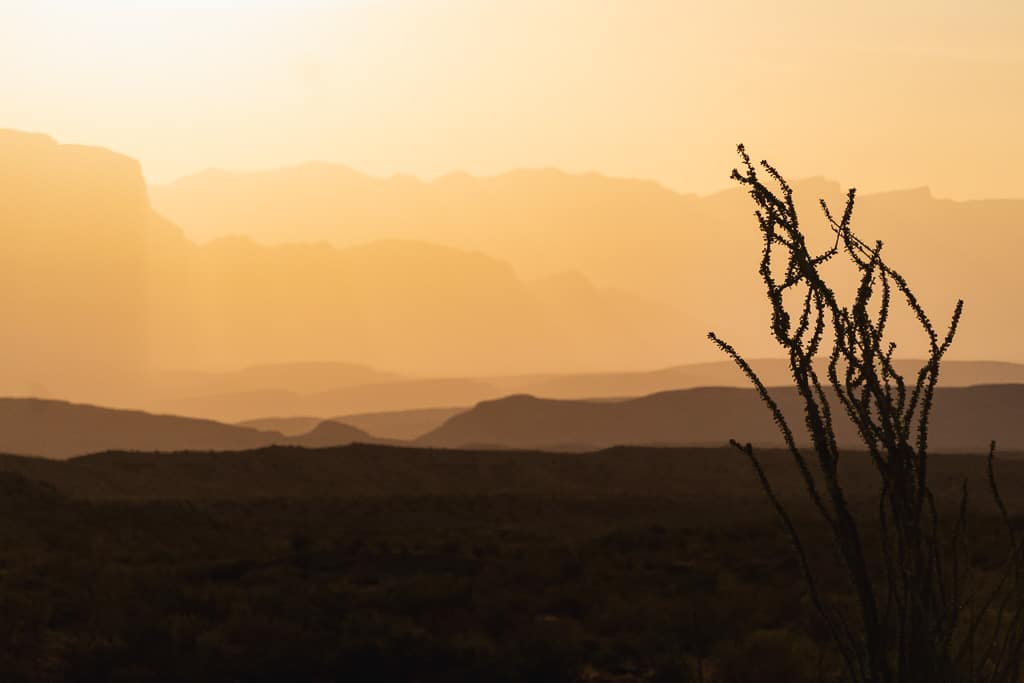
Best Time to Visit Big Bend National Park
Best Time for Good Weather
The prime time to visit Big Bend National Park is during the peak season, from November to March. During these months, the desert’s daytime temperatures are pleasant, averaging 60 to 70 degrees Fahrenheit, making your hiking or water adventures comfortable. With clear skies and minimal rain, you can enjoy uninterrupted views of towering canyons and starry nights.
Best Time for Smaller Crowds
For those seeking smaller crowds, go during the off-peak season from June to September if you can handle the heat. With the mercury rising, most tourists steer clear of the park. Expect a significant drop-off from the thousands of visitors who flock to the park during the cooler peak season.
Best Time for Lower Prices
If you’re a budget-conscious traveler, the best time to visit Big Bend National Park for lower prices is during the off-peak season, from June to September. Accommodations like the Lajitas Golf Resort can drop by up to 40% compared to the peak season.
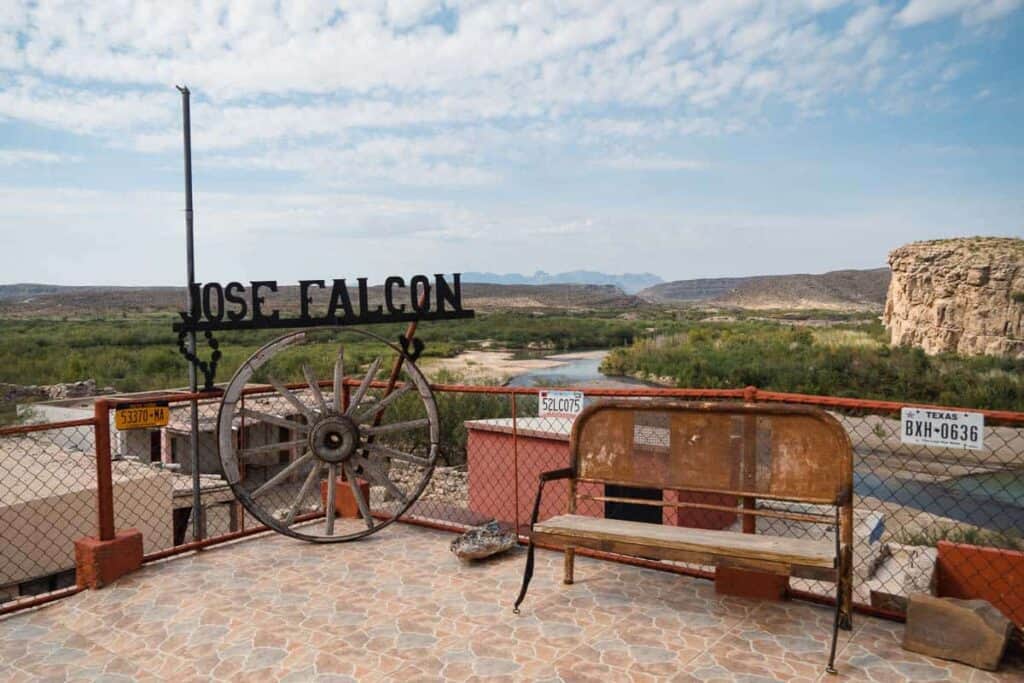
Worst Time to Visit
The worst time to visit Big Bend National Park is during the summer months, from June to September. With scorching desert temperatures easily surpassing 100 degrees Fahrenheit, outdoor activities can be physically taxing and potentially dangerous due to heat-related risks. There can also be sudden desert storms.
Park Closures
Big Bend National Park is open year-round, 24 hours a day. The only times places may close are due to extreme weather conditions or maintenance. I do know Maverick Road sometimes closes because of flooding.
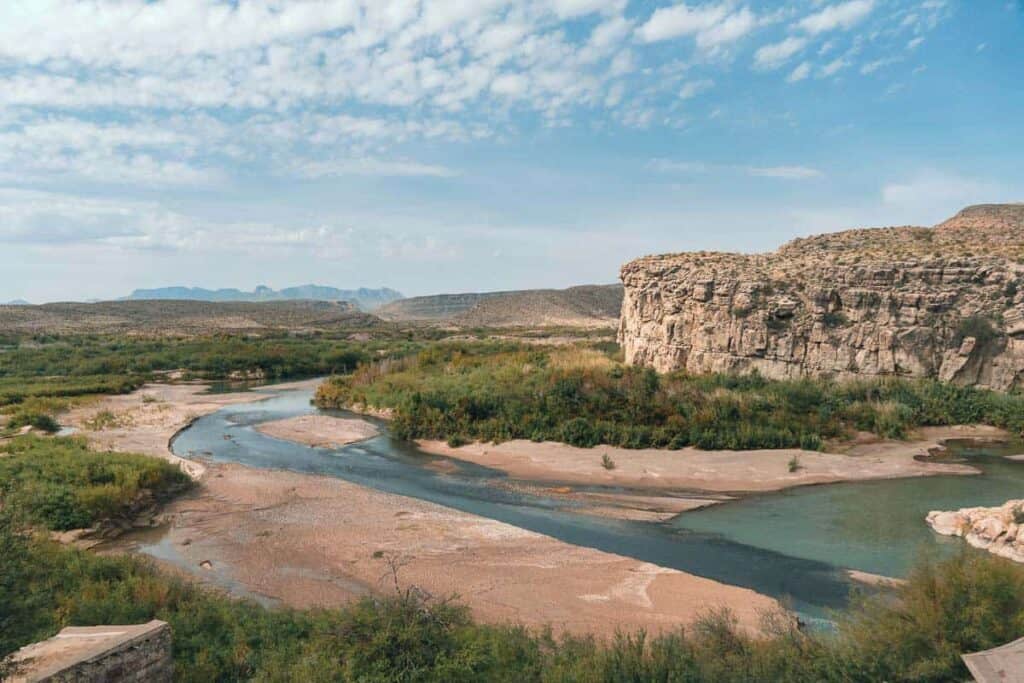
Seasons at Big Bend National Park
Spring (March – May)
Big Bend in Spring can range from mid 70s to mid 80s during the day, dropping to the 40s and 50s at night. Occasional light showers foster the growth of wildflowers that carpet the desert floor. The park blooms with vivid colors from bluebonnets, ocotillo flowers, paintbrushes, and desert marigolds.
This season is undoubtedly the busiest time of the year. The Spring Break weeks are the peak, as the school holidays coincide with the bluebonnets blooms.
The pleasant weather also makes it an ideal time for outdoor activities without the discomfort of summer’s extreme heat or winter’s chilly temperatures.
Summer (June – September)
Summers in Big Bend National Park are characterized by soaring temperatures, often exceeding 100 degrees Fahrenheit in the afternoons. This heat can be dangerous. But, in the early mornings and late evenings, temperatures may drop to around the 70s.
The unforgiving sun transforms the desert landscape into an arid, desolate wilderness, with some wildlife becoming less active to cope with the heat.
Summer storms with dramatic lightning displays occasionally sweep through, resulting in the sudden flourishing of desert plants and potential flash floods. There are very few people who visit this time of year.
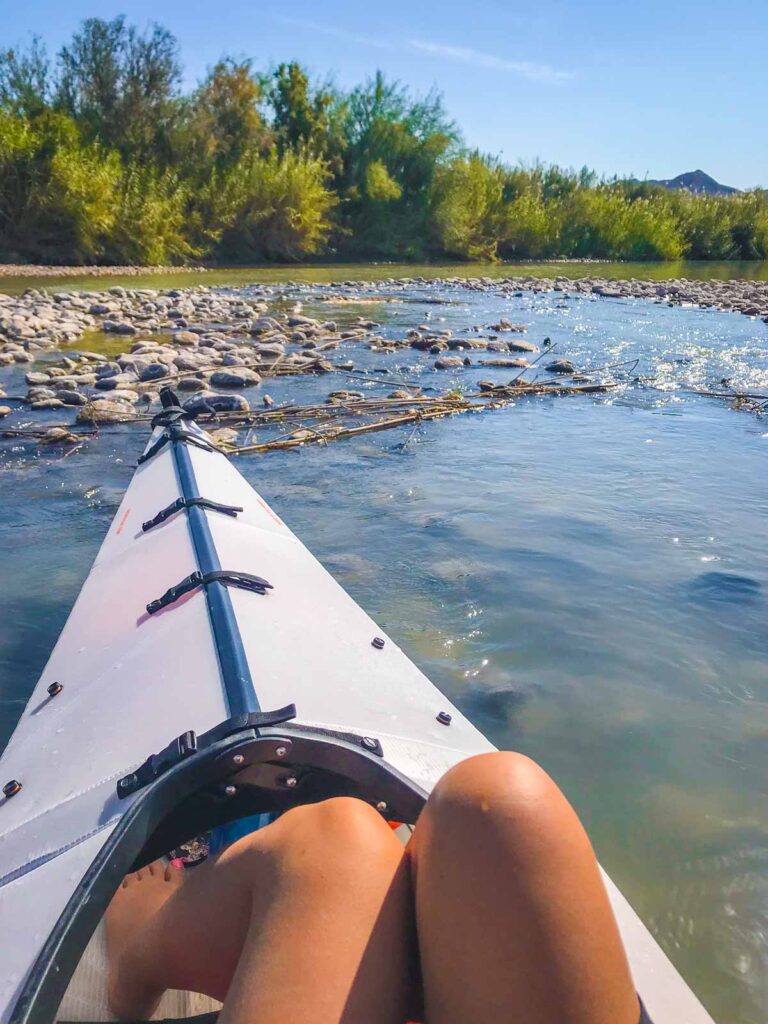
Fall (October – November)
Fall in Big Bend National Park is when the harsh glare of summer gives way to milder, more comfortable temperatures. Daytime temperatures range from 70s to 80s degrees Fahrenheit, dropping to cooler 50s and 60s at night.
Visitor traffic is relatively low compared to the spring and winter seasons. However, the Thanksgiving holiday can see a spike in visitors.
Outdoor activities like hiking, biking, and camping are delightful during fall, and it’s great for stargazing.
Winter (December – February)
Winter in Big Bend National Park is a contrasting mix of mild days and chilly nights. Daytime temperatures hover around the comfortable 60s and 70s degrees Fahrenheit, dropping significantly to near freezing at night. Snow is rare, but frost is a familiar sight in the early mornings.
Thanks to the cooler temperatures, winter is a fantastic time for outdoor activities. However, pack warm clothing for nights and early mornings when temperatures can dip sharply.
Lastly, winter nights offer an unobstructed view of the night sky with minimal light pollution for stargazing.

A Month-by-Month Weather Guide
Here is a month-by-month breakdown of the average high and low temperatures and precipitation at Big Bend National Park:
| Month | Max Temp Average (°F) | Min Temp Average (°F) | Monthly Precip. Average (inches) |
|---|---|---|---|
| January | 61.5 | 37.5 | .69 |
| February | 67.7 | 41.7 | .38 |
| March | 75.2 | 47.9 | .31 |
| April | 83.7 | 55.8 | .36 |
| May | 89.0 | 63.2 | 1.51 |
| June | 95.2 | 70.3 | 1.55 |
| July | 92.5 | 71.0 | 1.93 |
| August | 92.2 | 70.7 | 2.01 |
| September | 85.7 | 64.8 | 1.75 |
| October | 81.3 | 57.0 | .66 |
| November | 70.6 | 46.6 | .82 |
| December | 63.1 | 39.1 | .51 |
Best Time of Day to Visit
The best time to visit Big Bend National Park is for the sunset. As the sun sinks below the horizon, it casts a warm golden glow over the towering cliffs and canyons. Stay around the Ross Maxwell Scenic Drive for the layered silhouette of Santa Elena Canyon.
Here’s what you can expect throughout the day:
- Early Morning (6 AM – 10 AM): Wildlife is most active during these hours. Temperatures are mild, for comfortable hiking conditions.
- Midday (10 AM – 2 PM): Temperatures rise rapidly, and the desert sun can be intense, especially in the summer months.
- Afternoon (2 PM – 6 PM): Temperatures start to drop, and the light becomes incredible for photography.
- Evening (6 PM – 10 PM): The desert cools down, and the sky puts on a show at sunset. As night falls, the lack of light pollution presents a clear, unobstructed view of the star-filled sky.
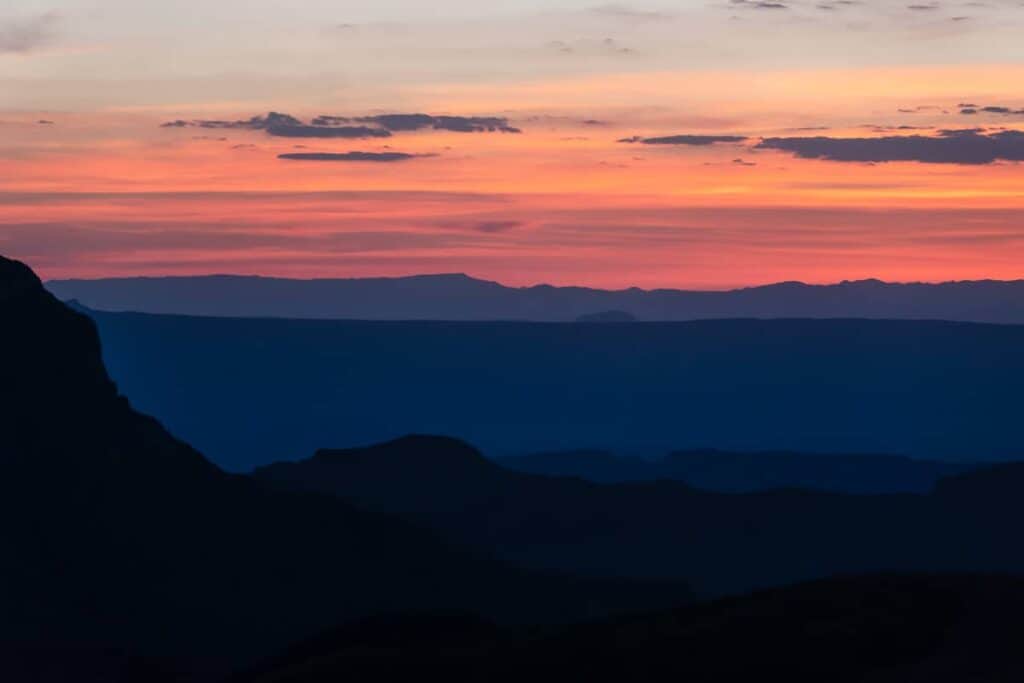
Special Events or Festivals in Big Bend
Here are some special events and festivals that happen in or near Big Bend National Park:
- Fest Cabrito Cook Off: A cooking competition where participants cook cabrito, a traditional dish made from goat meat.
- Big Bend 4th of July Parades: Celebrating Independence Day with parades is a tradition here.
- ANNUAL GRINCH EVENT!: An annual event for a fun-filled festive celebration.
- Viva Big Bend Music Festival: The annual event features over 65 shows in more than a dozen venues in Alpine, Marfa, Marathon, and other locations.
- Annual Chili Cook-offs: Big Bend and Brewster County host two world-class chili cook-offs every year.
- Mountain Biking Festival: The area holds a mountain biking festival annually.
Before you Close That Tab…Where to Next in Texas?
I’ve stayed with friends and vanlifed around, about, and through much of Texas. If you’re looking for more information on the Lone Star State, check out these other destination itineraries.
- One Day in Dallas Itinerary: Perfect First-Timers Day Trip
- One Day in Big Bend National Park Itinerary for First-Timers
- One Day In San Antonio Itinerary: What To Do In 24 Hours
- Perfect One Day In Houston Itinerary For First Timers
| MY FAVORITE TRAVEL RESOURCES |
✈️ Find amazing guided tours and experiences with Viator to maximize your time! 🏘️ Plan ahead and secure your accommodation with Booking.com in advance. 🧾 Rent a car with Discovercars in advance and get the best prices for your day trip adventures. |
